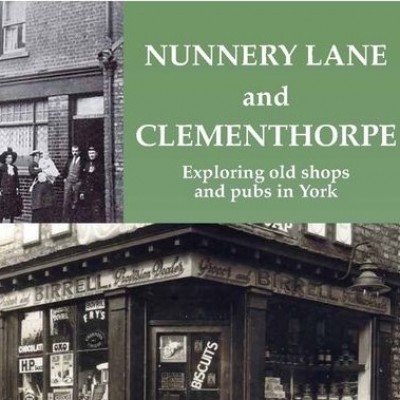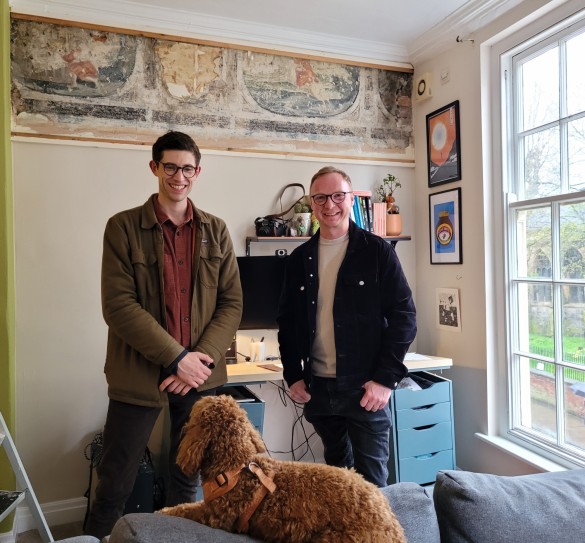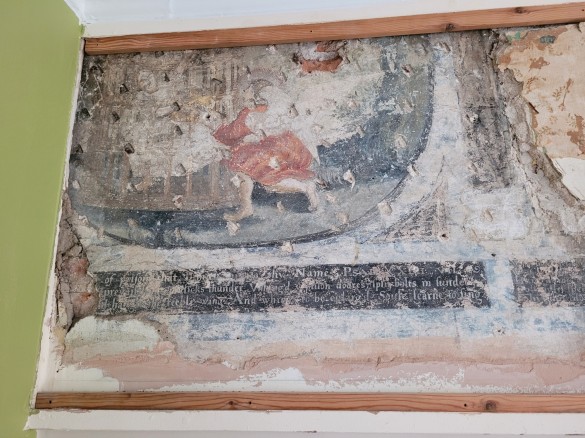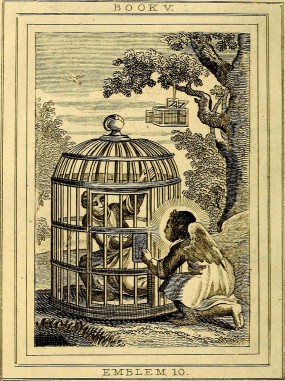16th April 2023




View navigation
16th April 2023
 A few of us were invited recently to see the 17th century wall paintings unveiled in a tiny first floor flat on Micklegate.
A few of us were invited recently to see the 17th century wall paintings unveiled in a tiny first floor flat on Micklegate. The subjects are quite difficult to make out without expert interpretation, as they are in a state of disrepair, but they feature images and text from Quarles’s Emblemes, published in 1635. To take one example, this image shows a figure trapped in a bird cage, with a winged figure alongside placing a key in the door to release the prisoner.
The subjects are quite difficult to make out without expert interpretation, as they are in a state of disrepair, but they feature images and text from Quarles’s Emblemes, published in 1635. To take one example, this image shows a figure trapped in a bird cage, with a winged figure alongside placing a key in the door to release the prisoner.
 Paul's midnight voice prevail’d; his musicks thunder
Paul's midnight voice prevail’d; his musicks thunder